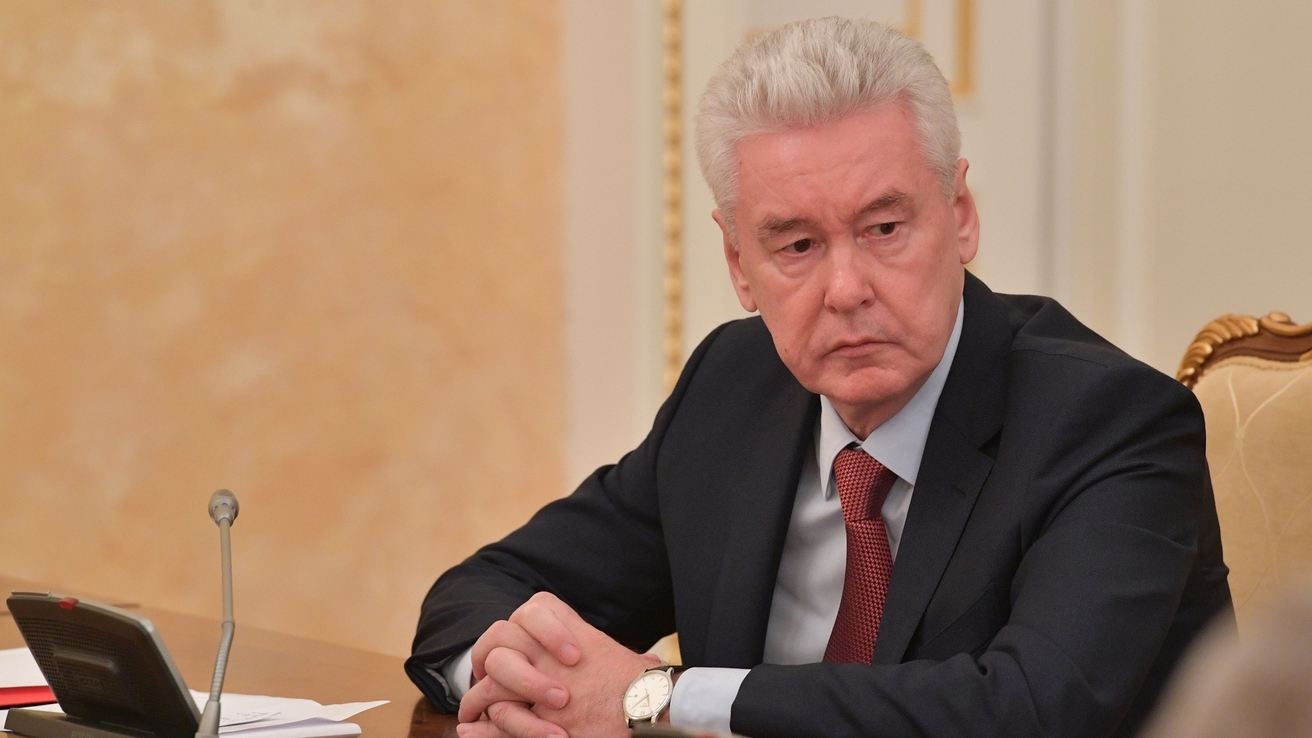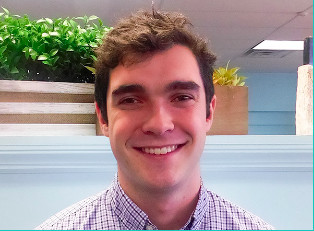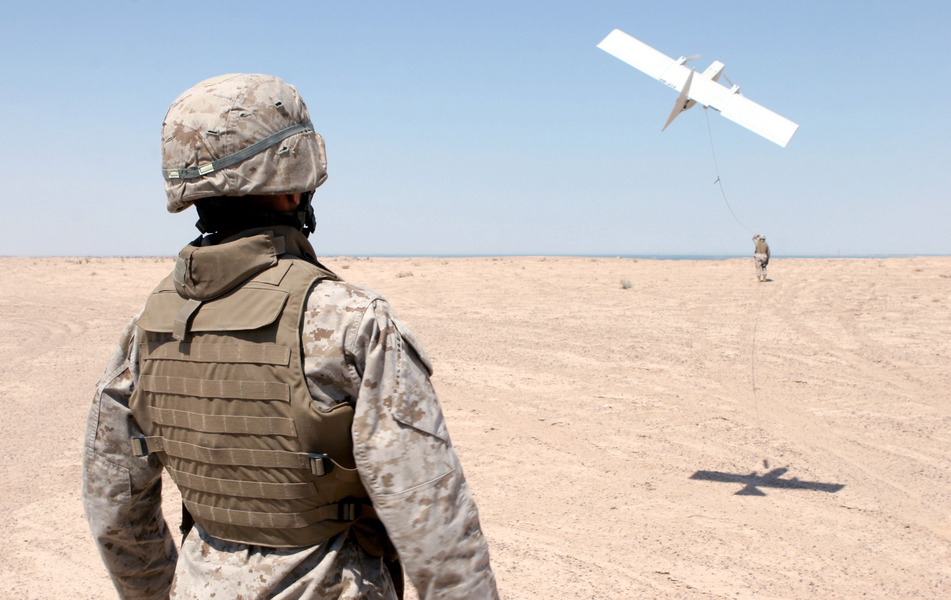How Has Russia Responded to COVID-19?
Russia initially seemed largely unscathed by the pandemic. But the virus has since arrived in full force. How has the country responded?

Published by The Lawfare Institute
in Cooperation With

Russia’s early response to the coronavirus pandemic was met with praise by some—and confusion by most.
For months, the country reported strikingly low rates of infection, but now the pandemic appears to have arrived in full force.
Compared to many Western nations, Russia responded to the novel coronavirus quickly and seriously. The Kremlin created a special coronavirus headquarters on Jan. 27, and three days later Russia closed most of its border with China.
Yet the Russian central government followed up on this initial response not with further action but with a period of silence and hesitation. As other states went into crisis mode, Russian President Putin offered humanitarian aid to Western countries and merely continued to reassure Russian people that there was nothing to worry about.
And if you were only paying attention to the statistics, you might have believed him.
In late March, Russia was still boasting fewer cases of the novel coronavirus than Luxembourg. Observers began to grow suspicious. Reporters were pointing to the rise of pneumonia cases within the nation as signs of underreporting or even falsifying death certificates to ensure that the numbers stayed low. While at the time Russia was reporting just 253 coronavirus infections, the number of pneumonia cases in Moscow had increased by 37 percent, according to Russia’s state-owned statistics agency. Anecdotal evidence of underreporting also began to surface. The cause of death for an elderly professor in Moscow, who had previously tested positive for the virus, was initially reported by the government as “coronavirus” but was later changed to “blood clot.” Doctors in Volgograd began to report 10 times the number of pneumonia cases compared to prior years. And one would have to go back only as far as 2015 to find the last example of the Kremlin manipulating health statistics for political purposes, when Putin’s drive against cardiovascular disease was followed by a year-to-year drop in deaths from heart-related illnesses—and a nearly equivalent rise in deaths from rare or unclassifiable diseases.
But still, the question lingered: Was Russia really just better prepared than everyone else?
After all, Russia has a near-perfect Core Capacities Index score, the monitoring framework developed to assess a nation’s compliance with standards and requirements promulgated under the World Health Organization’s (WHO’s) 2005 International Health Regulations. The nation also has a higher number of ventilators per capita than most Western states, which could help explain the remarkably low mortality rate throughout April.
But both of these markers don’t stand up to close scrutiny. The Core Capacities Index is notably based on a nation’s self-assessment, and the Russian medical supplies that were so plentiful proved to be largely defective. Even if Russia’s health system was prepared, the country would have to overcome a national problem of widespread underlying health conditions. To put it mildly, Russia is not a particularly healthy nation to begin with. Since the collapse of the Soviet Union in 1991, the nation has faced disproportionately high rates of heart disease and alcoholism. Nearly one-third of the Russian population are smokers, and the life expectancy of men is just 66 years.
The final week of March proved to be the watershed moment in the government’s response.
On March 30, just five days after Putin appeared in public to calm down any worries about the global pandemic, Moscow Mayor Sergei Sobyanin announced with four hours’ notice that the city of 12.5 million people would be entering a restrictive lockdown. The Moscow lockdown was the first of such measures implemented in Russia. On March 30, Prime Minister Mishustin urged all other cities and regions to follow Moscow’s lead and impose similar restrictions. While Putin had declared a nine-day holiday on the initial March 25 address, he conspicuously omitted any mention of the imminent imposition of lockdown restrictions, leaving his prime minister and the Moscow mayor to introduce the potentially unpopular measures. The Kremlin then scrapped the massive military processions for the May 9 V-Day celebrations and the constitutional referendum that was set for April 22, a vote that would allow Putin to extend his rule to 2036.
And after the first week of April, the Kremlin’s optimism seemed all but a distant memory. Following the beginning of the adoption of restrictive measures in Moscow, Russian Health Minister Mikhail Murashko announced on April 9 that hospitals will be treating all cases of pneumonia as possible cases of coronavirus, potentially a subtle nod to the initial underreporting. Still, Moscow officials believe that as many as 60 percent of coronavirus deaths are missing from the official total, as pathologists have detailed that notices from the Health Ministry instruct health officials to attribute deaths to causes other than the coronavirus. Nonetheless, health services ramped up testing, and in the weeks that followed, many record highs were reached for daily new coronavirus cases. Coronavirus cases rose by more than 10,000 for six consecutive days at the start of May.
As of May 14, the nation has reported 252,245 cases and 2,305 deaths.
And when Russia acknowledged that it had a problem, the Kremlin deferred to the governors and mayors to find the solution.
While Putin has publicly offered mostly only vagaries and reassurances, Mayor Sobyanin is spearheading the fight against the coronavirus. The mayor is implementing the initial lockdown measures, constructing hospitals, and giving the public sincere warnings about the status of hospitals. After Mishustin’s March 30 address urging Russian regional leaders to take similar restrictions to those in Moscow, regions across the country have seen the introduction of criminal liability for the dissemination of “false information” about the coronavirus, hefty fines for violators of quarantine, and laws mandating the download of mobile tracking apps for the government to monitor individual’s locations and activities. Immediately after the March 30 lockdown restrictions went into force, Sobyanin announced a requirement that all Muscovites must download QR codes on their phones, which must be presented to police upon request. The mayor also began using facial recognition technology to punish those who disobey the lockdown restrictions. In a country with a less than perfect human rights record, opposition leaders are warning that the new surveillance measures will bring a “digital concentration camp.”
Though slower to react than Sobyanin, governors across Russia began slowly rolling out preventive measures throughout April. Governors issued executive decrees requiring masks in public, with Sverdlovsk Governor Yevgeny Kuivashev taking it one step further with fines for those who disobey the order. In other regions, authorities are struggling to manage the outbreak without Kremlin guidance. Governor Vyacheslav Bitarov of North Ossetia-Alania found himself inaudible and exasperated when speaking before a crowd gathered to protest the lockdown measures he had implemented in Vladikavkaz. The governor tried to reason with the protestors, stating, “I did not invent the disease and the only treatment is staying home.”
The pandemic has inflicted sharp political costs for some regional leaders. In the week following the Moscow lockdown, four governors resigned in a 24-hour period.
In the hard-hit northern region of Komi, which was reporting overrun hospitals in mid-April, authorities seem more focused on preventing the spread of information than the outbreak, deploying their resources to interrogate critics. This is, of course, after the new governor’s predecessor was removed for acknowledging the outbreak in the first place.
The Russian Supreme Court has also been responding to the coronavirus, issuing recommendations to decrease traffic in the penal system, while also rubber-stamping new laws that have already been used to harass anti-Kremlin activists.
All the while, Putin has scarcely appeared in the public eye. The harshest measure issued directly by Putin as of mid-May has been the extension of the national “‘non-working period.”
With hospitals overwhelmed and death tolls rising, Putin’s hands-off approach is puzzling many observers. Some believe that Putin is standing aside in a tactical measure to ensure that he is not immediately associated with the restrictive measures. From this perspective, he may be setting up “lightning rods” for the popular backlash—like the protest seen in Vladikavkaz—allowing local and regional officials to bear the brunt of the criticism. However, others argue that his lack of presence during the single largest domestic crisis since the fall of the Soviet Union will damage the legitimacy of his rule and undermine the sanctity of power in the central government overall. Aleksandr Tsipko of the Russian Academy of Sciences wrote in Moskovskij Komsomolets, “[I]n just a few weeks, the coronavirus has destroyed our traditional idea of the omnipotence of Russian power. Nothing remains of our faith that the authorities can do whatever they want, that they are truly sovereign over the country and over the world.”
While Tsipko’s reasoning is purely subjective, the Russian people’s response has been objectively hostile to Putin.
The Levada Center, Russia’s only independent polling agency, reported that there has been a 6 percent decrease in Putin’s approval rating through March, with even pro-Putin websites listing historical low approval ratings for the Kremlin leader. If Putin was strategizing to allow the mayors and governors to take the fall for the crisis, he may want to reconsider. Another Levada Center poll revealed that a greater percentage of Russians approve of their local leaders’ response to the outbreak than Putin’s.
The long-term effects of Putin's response remain to be seen, and it is always wise to be cautious in questioning his grip on power. But questions of legitimacy here are particularly searching. A leader whose power is so strongly founded in omnipotent mystique may have met his most formidable foe yet.
In Russia’s major cities, nurses and doctors are resigning in protest over conditions, and sick doctors are being forced to continue to treat patients. Moscow’s main coronavirus hospital, located in the nearby city of Kommunarka, has seen a mass exodus of nurses and medical personnel complaining that they received inadequate food, were forced to reuse nonsterile medical equipment, and were not getting the bonus payments promised by President Putin to emergency workers. The Saint Petersburg Vredena Institute has been described as “Russia’s Diamond Princess,” after an outbreak within the hospital led officials to shut it down on April 9, sealing off health professionals within the building. Two weeks later, between 500 and 700 patients and medical personnel were still quarantined in the hospital, with one doctor reporting that about 80 percent of his colleagues were sick. One doctor shared via YouTube that, despite their illness, the nurses and doctors inside are still taking care of their patients, not knowing when they themselves will receive treatment. In smaller cities and rural areas, the crisis is compounded further by a 10-year decline in the number of health care facilities, leaving millions with “literally zero access to healthcare” as reported by Judyth Twigg, professor of political science at Virginia Commonwealth University during an Atlantic Council Webcast.
Russia’s doctors and nurses have been outspoken about the lack of medical supplies and the false information being propagated by the government concerning the coronavirus. Having lost faith in the government’s reporting of cases and deaths, doctors have set up their own website to count the medical personnel who have died from the virus, titled the List of the Remembered. Currently, the list has 190 names. By speaking out against the government’s response, these doctors and nurses are further risking their life and liberty. On April 3, Anastasia Vasilieva, an eye specialist, head of the Alliance of Doctors and critic of the accuracy of Russia’s reporting figures, was detained while delivering masks to a rural Russian village. On April 22, Russian doctor Aleksandr Shulepov, reported that he was being forced to continue working in the emergency room despite his diagnosis with COVID-19. On May 2 he fell out of a second-story window.
He is now the third Russian doctor critical of the government’s response to the pandemic to fall out of a window in the past two weeks.
The crisis has even entered the Kremlin, which has been operating with limited personnel and where government meetings are held via videoconferencing.
On April 30, Prime Minister Mishustin announced that he had been diagnosed with COVID-19, and two weeks later Kremlin Press Secretary Dmitry Peskov was hospitalized with the virus. On the same day Mishtusin announced his diagnosis, Putin signed an executive order naming Andrey Belousov as acting minister, raising eyebrows given that such an order is unnecessary under Article 8 of the Russian Constitution, which allows an acting minister to assume the duties of prime minister for a short period of time. Some believe that Mishustin will not be returning to his position upon recovery—the thinking goes that Putin believes Mishustin’s economic expertise is no longer optimally useful during such a crisis.
Putin has acknowledged that the worst is yet to come, and it remains to be seen how Russia deals with the worsening conditions. Whether there will be a nationwide state of emergency, as many are calling for, remains to be seen. Such measures would allow for more intrusive security services and offer a legal foundation for the restrictions already in place, but would also likely require the government to pay compensation for Russian businesses. Making such a high-profile move would run counter to Putin’s laissez-faire approach thus far.
But economic relief of some form will surely be needed across the country. The economic crisis that will almost certainly sweep through every major nation will likely arrive in Russia—and it likely won’t spare even Moscow and other relatively well-off parts of the country. The International Monetary Fund expects the Russian economy to contract by 5.5 percent in 2020.
On May 7, Mayor Sobyanin, the now de facto figurehead of Russia’s response to the coronavirus, told news agencies that the number of actual cases is likely double the reported figure. This would mean that 300,000 individuals, about 2.5 percent of Moscow’s population, is infected. Sobyanin’s remarks highlight the continuing discrepancies between the number of cases and the official state statistics, and the fact that it is Sobyanin who is relaying this type of information underscores the conspicuous absence of Putin in this time of crisis.
What was looking like a spring to celebrate for Putin, with a referendum and a military parade, has quickly turned into anything but that. The situation has worsened to the point where falsified reports can no longer project an image of stability, doctors are taking to YouTube in order to show the dire situation in some of Russia’s biggest hospitals, and the image of Putin’s all-powerful government is cracking more each day. With more or less each day bringing a new record number of coronavirus cases and hospitals already overwhelmed, it seems that the crisis has only just begun for Russia.


.jpg?sfvrsn=82a6ee72_5)


